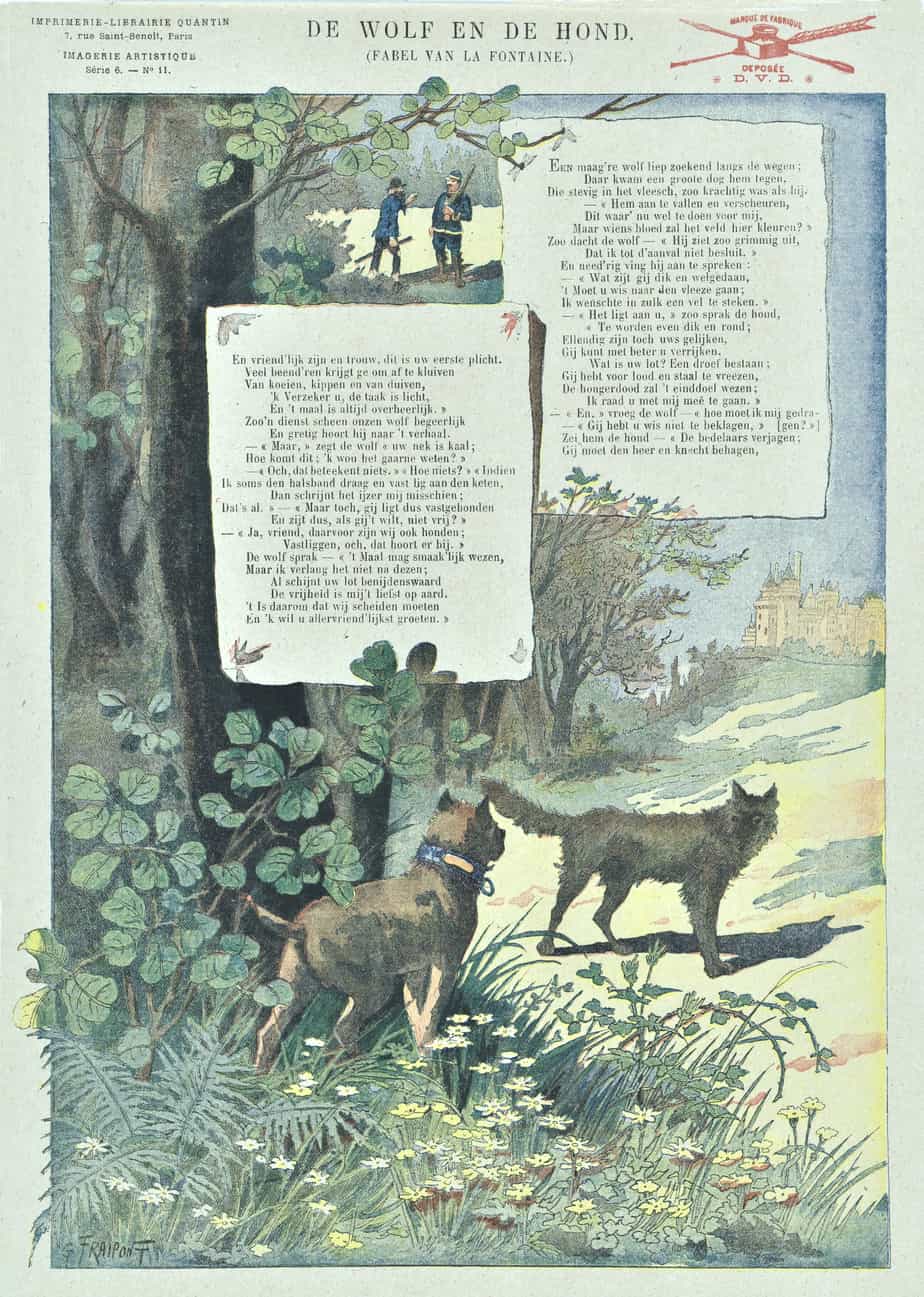In stories, wolves are a shorthand for opponent. This comes from the historical real life fear of wolves of course, but also from Aesop. Now that wolves are an endangered species, writers sometimes subvert this archetype and position the wolf as the sympathetic character. This also carries the message that no one is all good or all bad, and we can’t tell someone’s intentions from looking at them.
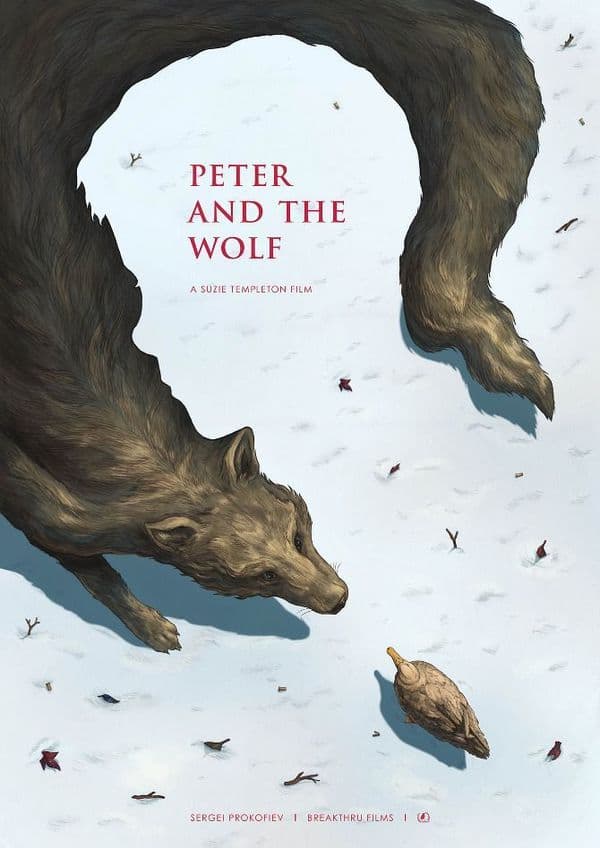
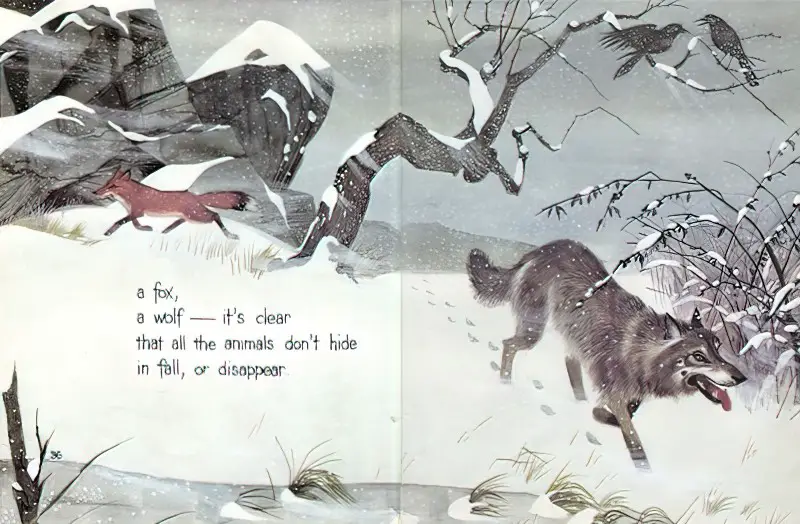
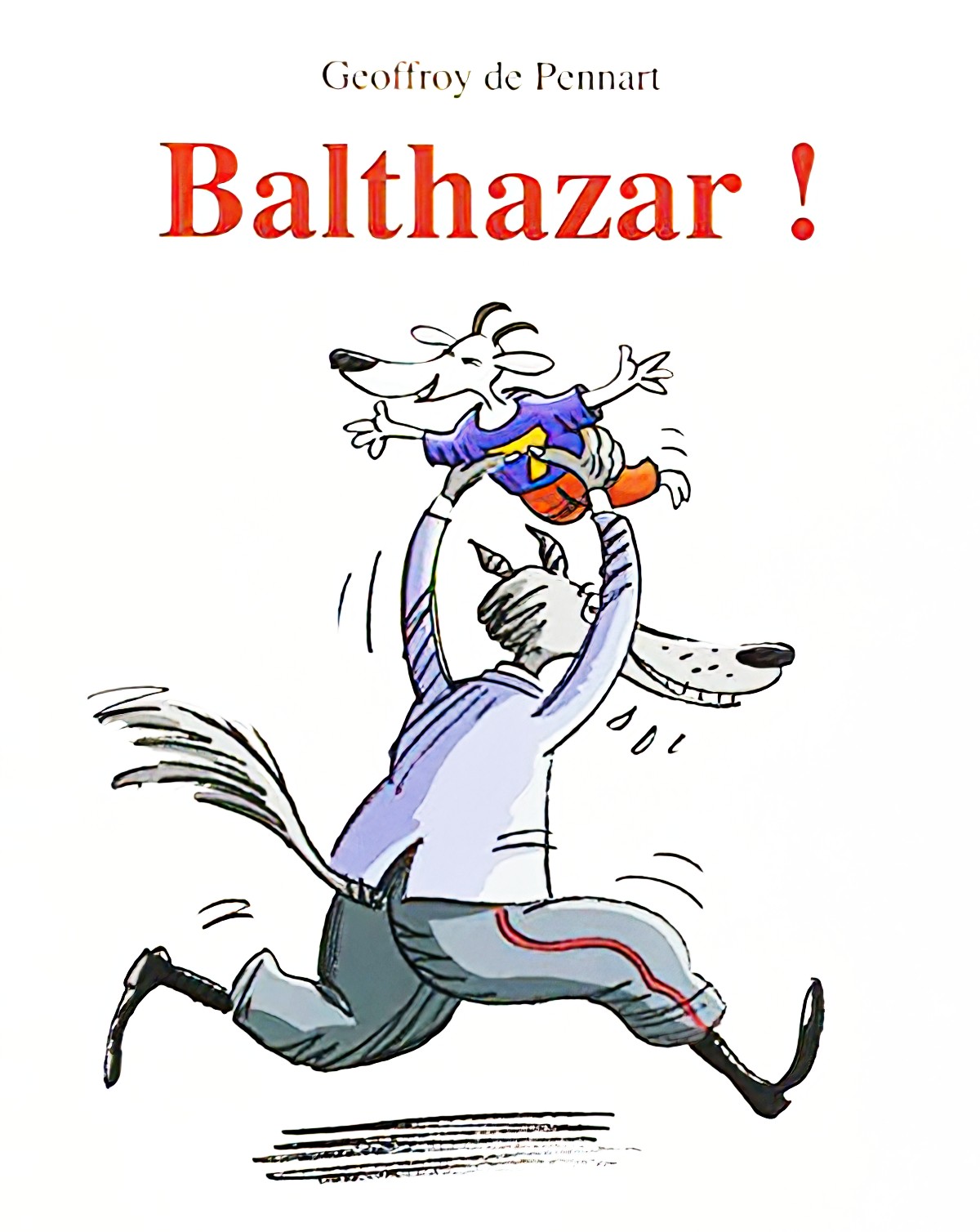

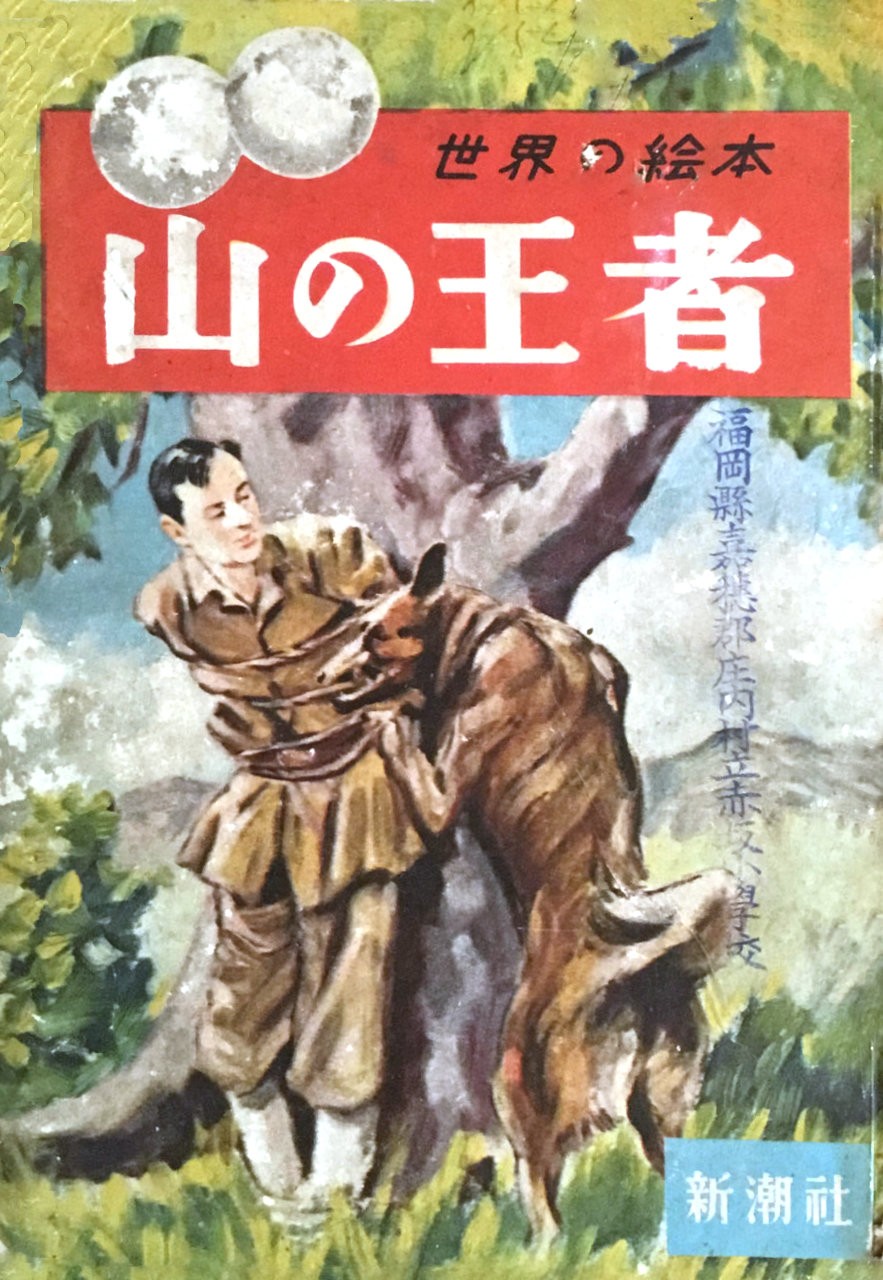
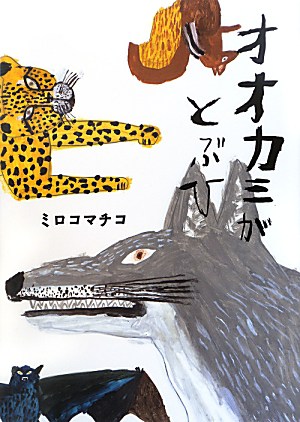
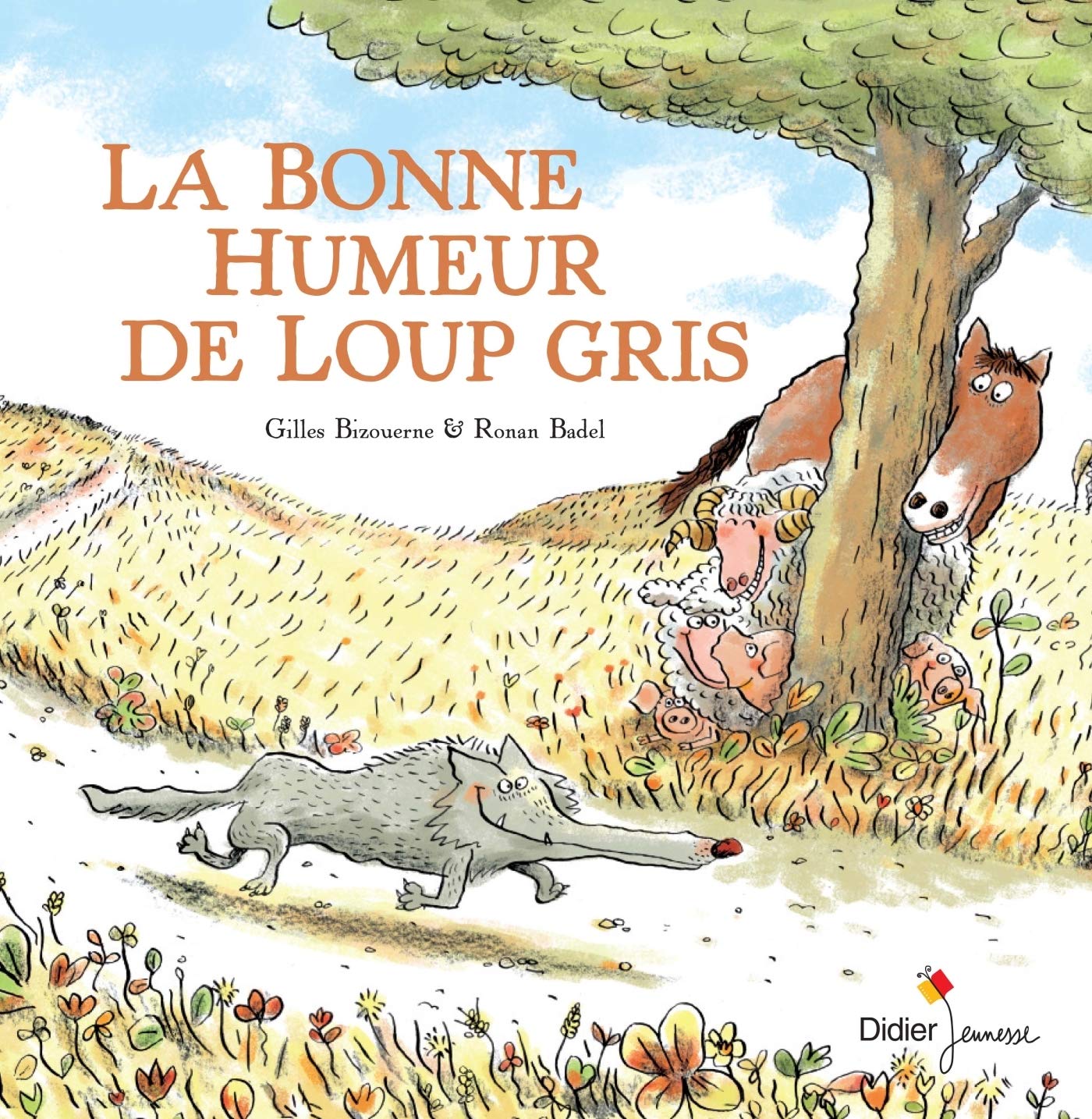

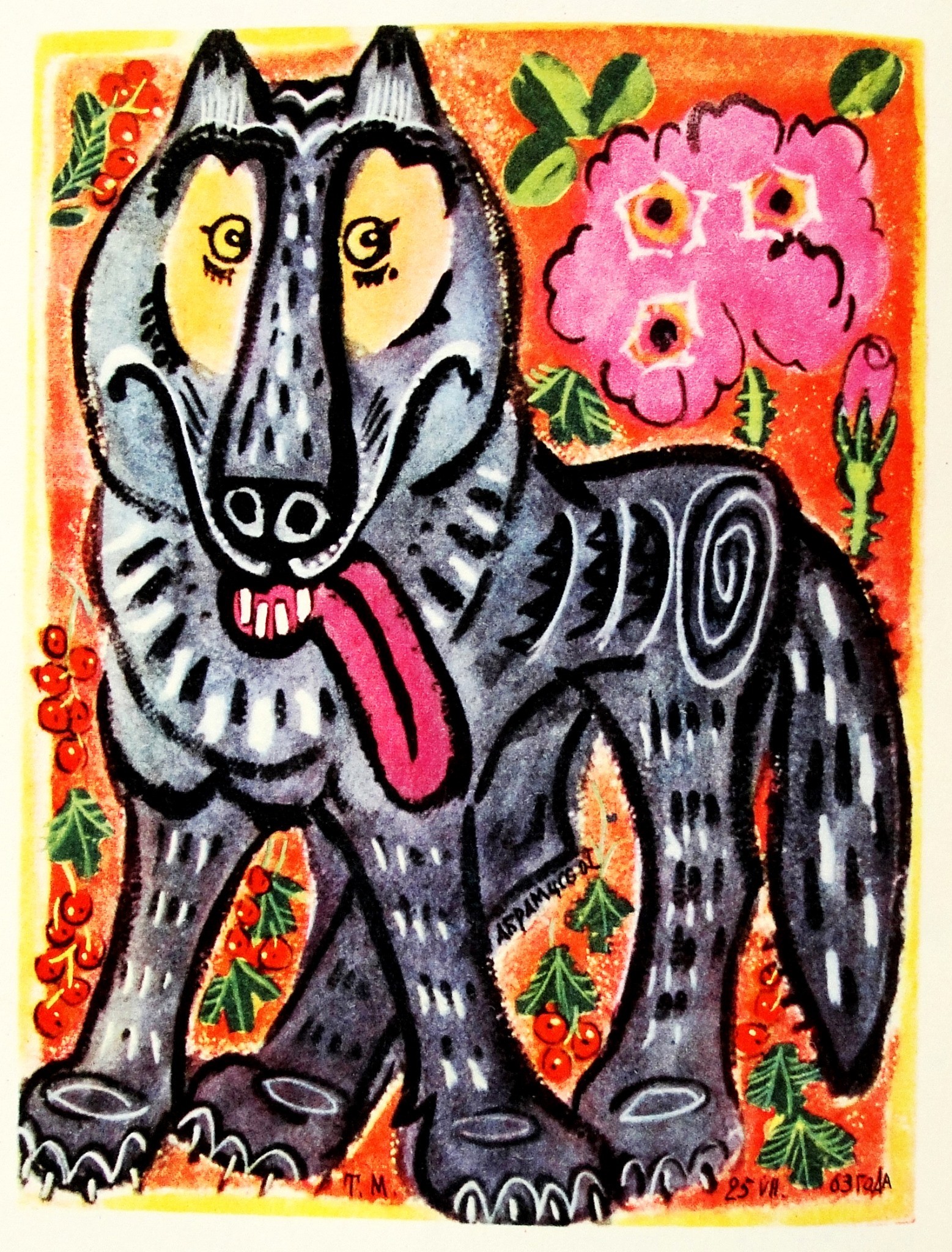
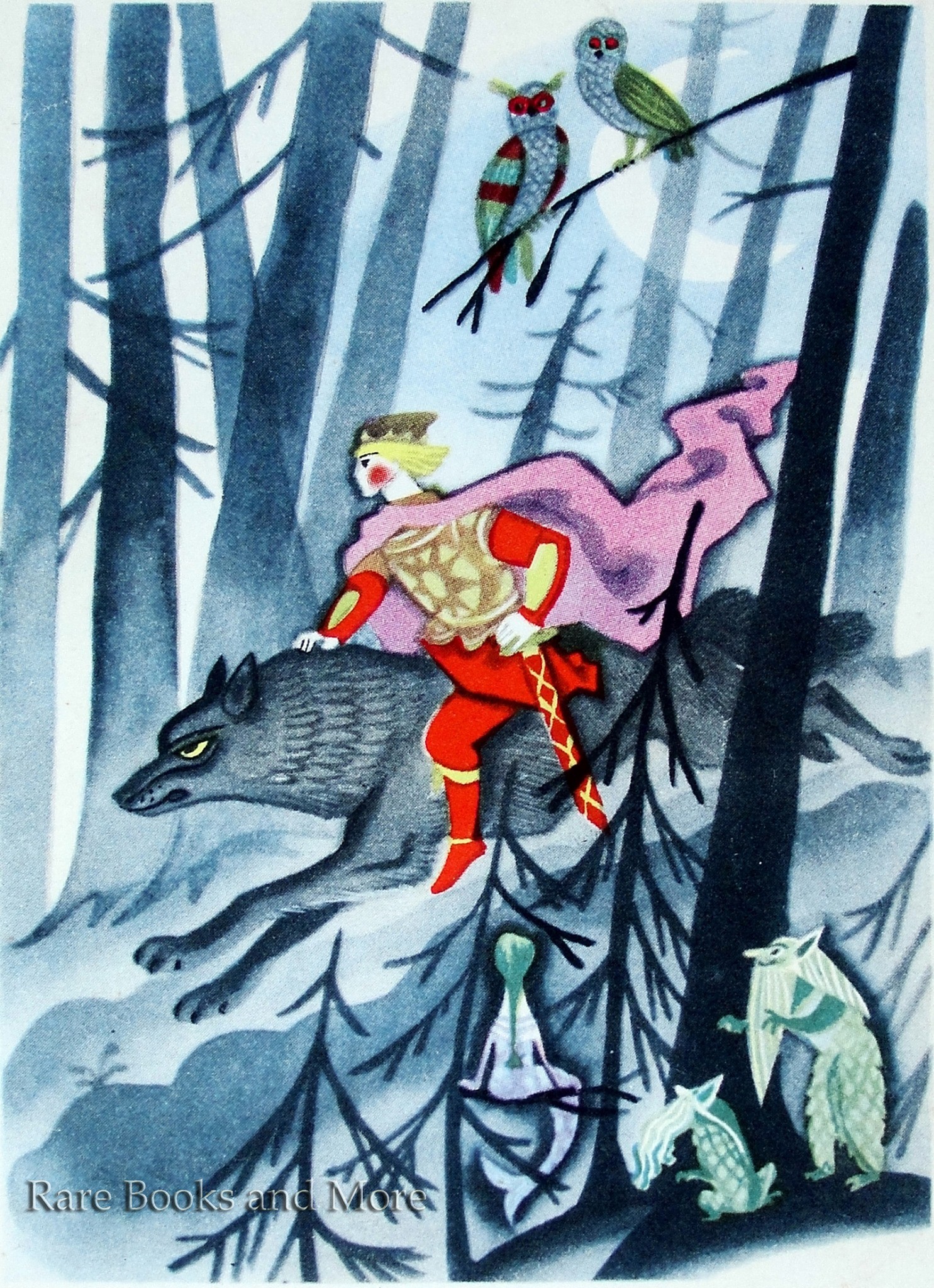
- Wolves in children’s stories and fairy tales represent human nature. In turn, we judge the wolf character by human standards. Predation = human evil/wickedness.
- Wicked wolves are almost always gendered male.
- They have an insatiable appetite.
- Wolves in stories are almost always lone wolves, even though real wolves usually hunt in packs.
- Originally seen as the enemy, there has been a shift towards stories in which the wolf is victim rather than perpetrator.
- Among the wolf’s arsenal of weapons: threats, entrapment, falsehood, flattery, enticement, disguise and/or deceit.
- We didn’t know all that much about wolves until scientific studies that took place in the 1940s and 1950s. After that they seemed a bit less scary. The studies took place precisely to try and eradicate them, but we learned for the first time just how social they are. Until this point it was thought that wolves were only bad — they were terrible for farmers, stealing their livestock. But after they were studied properly it was discovered that they are an important part of the predator-prey dynamic that plays out in the wild, keeping nature in balance.
- This change in attitude towards wolves was reflected in children’s literature. The wolf was now depicted as noble or silly or funny but always child-friendly. Where wolves once devoured or nurtured children, now children shelter and nurture wolves.
- Another type of modern story is that in which the child character takes on the persona of a wolf. This can be a metaphor for releasing an inner beast or overcoming shyness through anonymity or gaining strength and courage from the wolf’s physical form.
- Non-fiction books for children about wolves almost always emphasises the link between dogs and wolves, making them seem even less scary.
- Sometimes illustrations of wolves play up their dog-like traits, modifying the wolf’s physical features and giving him doglike gestures instead.
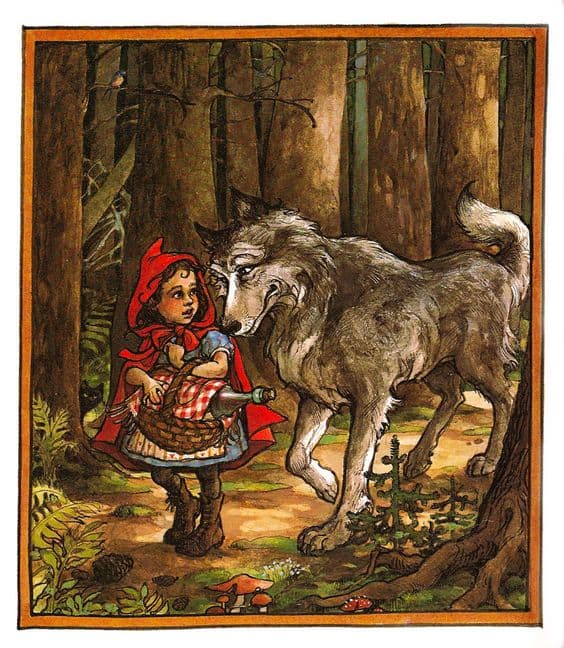
- In fairytales, those who survive know the wolf’s ways. Those who don’t survive tend to be sick or feeble or stupid. Common victims are sheep and other silly creatures, though chickens are more often victims to foxes.
for more see: Picturing the Wolf in Children’s Literature By Debra Mitts-Smith
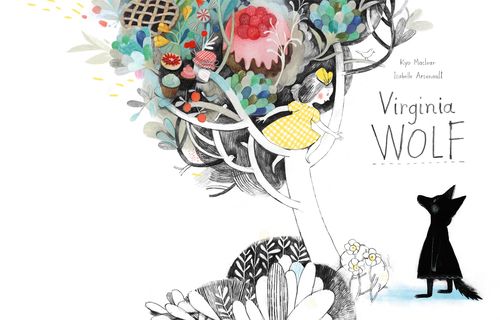
Some Children’s Stories With Wolves In
WOLF’S MAGNIFICENT MASTER PLAN BY MELANIE WILLIAMSON
A lot of the best books have been written and illustrated by the same person (although some people are very good at one and not the other). This author/illustrator is an example of someone who does both equally well.
Rather than simply hunt the sheep, the wolf in this story decides to put the sheep to work knitting jumpers out of their wool. Then he will sell the jumpers to make some money to buy some new teeth. All of this is so ridiculous that it makes for a great story.
The illustrations are done in a cartoony, bright and inviting palette. My three year old loved to trace her fingers along the lines of a very long knitted scarf and roads – she’s lately been reading a book of mazes. But that aside, there’s something very satisfying about running your finger along a line like that. I wanted to do it myself.
NOT NOW, MRS WOLF! BY SHEN RODDIE ILLUSTRATED BY SELINA YOUNG
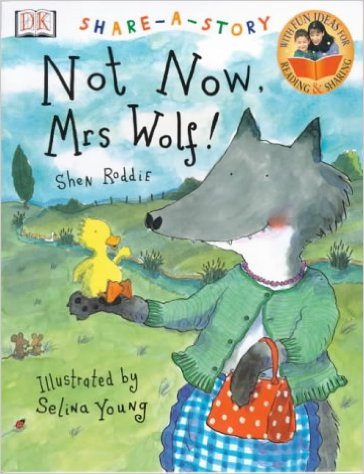
Unusually for wolf characters, this one is a female. Tick!
A commonality of many wolf stories is that the wolf kidnaps a tasty creature in order to fatten them up, thereby depleting a larder of their own delicious food. Part of me always thinks, ‘If you had all this delicious food in the first place, why do you bother eating the animal?!’ (It all started with Hansel and Gretel, of course.) The answer — I don’t need to tell you — is because wolves love to eat meat. Bear that point in mind as you read on.
This book is creepy. As in, adapted by Stephen King, the premise would make excellent fodder for horror lovers. Turn the wolf into a woman and there you have it:
The wolf steals a chicken’s egg and instead of eating the egg, decides to wait until it hatches, because then she’ll have a meat meal. But the (cutesy) hatched chick is too wet and spindly, so she decides to fatten it up, all the while doing nice things for it like taking it to the park, because happy well-fed chicks make the most delicious meat. (Have you ever read the inside of your egg carton? Me thinks this author may have been inspired thusly.)
An adult reader can already guess the ending, because children’s books have rules, after all. The chick brings home a giant, delicious looking watermelon and the wolf decides to eat that instead.
For now.
Okay, okay, that last editorial insert was mine and mine alone, but the covert pro-vegetarian message isn’t lost on me. Along with Miss Spider’s Tea Party and various other stories I’ve read of late, I’m not a fan of carnivorous animals suddenly turned into vege loving critters. I know, it’s only a story, not a David Attenborough doco, but we all have our own sense of fictional-reality . This familiar storyline crosses the line for me.
JULIE AND THE WOLVES BY JEAN CRAIGHEAD GEORGE (1972)
Wolves became extinct in England between 1485 and 1509. They survived longer in Scotland but were eventually eliminated and according to the records the last one died in 1848. Thy are now extremely rare in Western Europe. In the United States only Minnesota has a wolf population large enough to maintain itself. In Canada and Alaska their numbers have diminished and there is concern for their survival…In 1993 the Alaskan government allowed the killing of 150 wild wolves…It is heartening to note that in 1995 the wolf kill was cancelled, perhaps giving the wolf a chance of survival.
Literature is at last beginning to come to the aid of the wolf, and the field of children’s literature has produced at least one outstanding novel which presents an informed and sympathetic picture of north American wolves: Jean Craighead George’s Julie of the Wolves [1972].
Marjery Hourihan, Deconstructing The Hero
Julie of the Wolves is ecologically ahead of its time, but there are ideological and representation issues, including a feminist issue with the ending. Roberta Seelinger Trites explains in Waking Sleeping Beauty that the main character lapses into the forms of earlier children’s literature such as Anne of Green Gables and Little Women by becoming socialised in predictable ways in the final chapter. The ending seems unsatisfying because the reader has been unprepared for the main character’s eleventh-hour decisions to conform to conventional expectations.
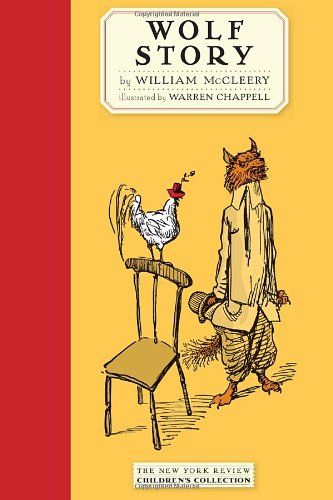
RELATED LINKS
In this episode, Cara is joined by Nate Blakeslee, author of “American Wolf: A True Story of Survival and Obsession in the West.” They talk about the trials of O-Six, a Yellowstone wolf who symbolizes the modern struggle between hunters, ranchers, politicians, conservationists, and the wildlife that existed long before human beings came on the scene.
The Three Little Wolves And The Big Bad Pig by Eugene Trivizas and Helen Oxenbury
Wolf Comes To Town by Denis Manton
Wolves by Emily Gravett
Wolf Children, film and manga — my wolf-loving daughter’s favourite movie of all time
An in depth coverage of the book One Wolf Howls from Teach With Picture Books.
The Big Bad Wolf: Analysing Point Of View In Texts, a classroom resource from Read, Write, Think
Everything You Need To Know About The Bizarre Genetics Of Werewolves from io9 (I’m suddenly struck by the fact that wolves populate the picturebook world whereas WEREwolves crop up in YA fiction.)
And this isn’t about picturebooks at all, but rather about wolves in popular culture, but it’s a fascinating read so I have to leave a link to it somewhere: The Truth Of Wolves, Or: The Alpha Problem from Shuttersnipe.
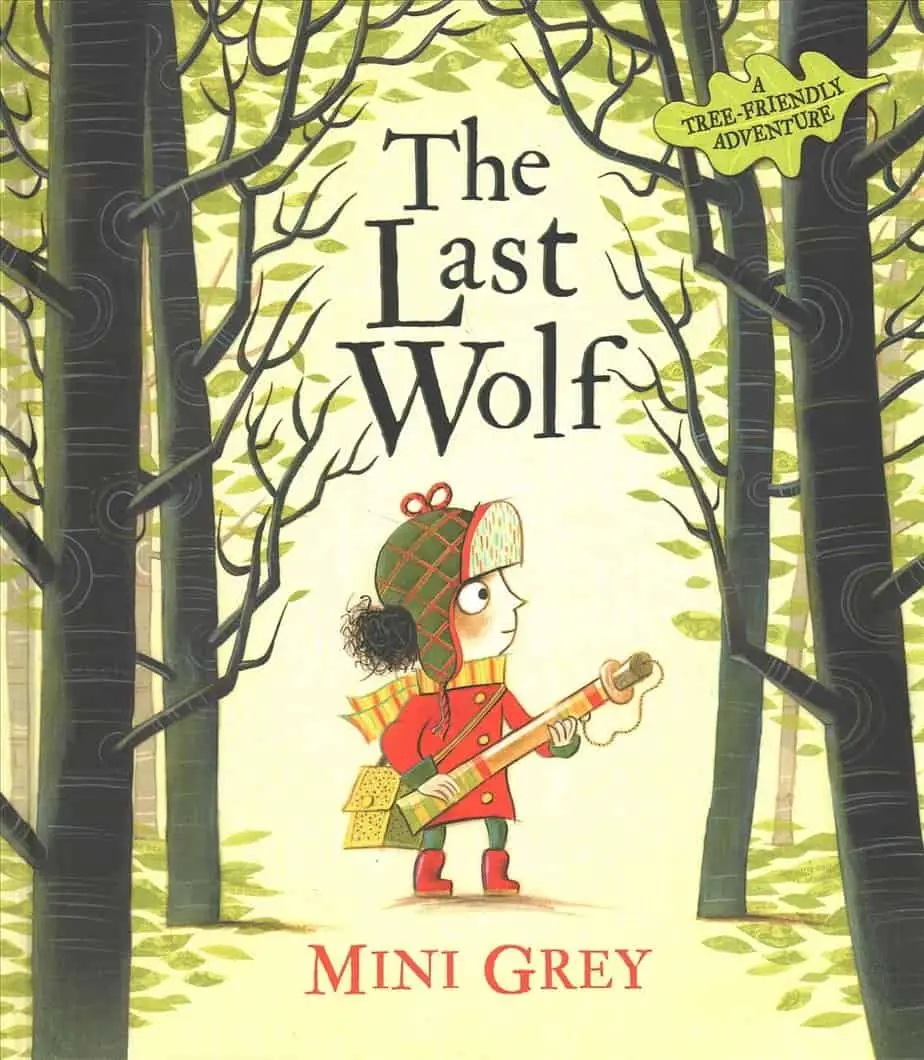
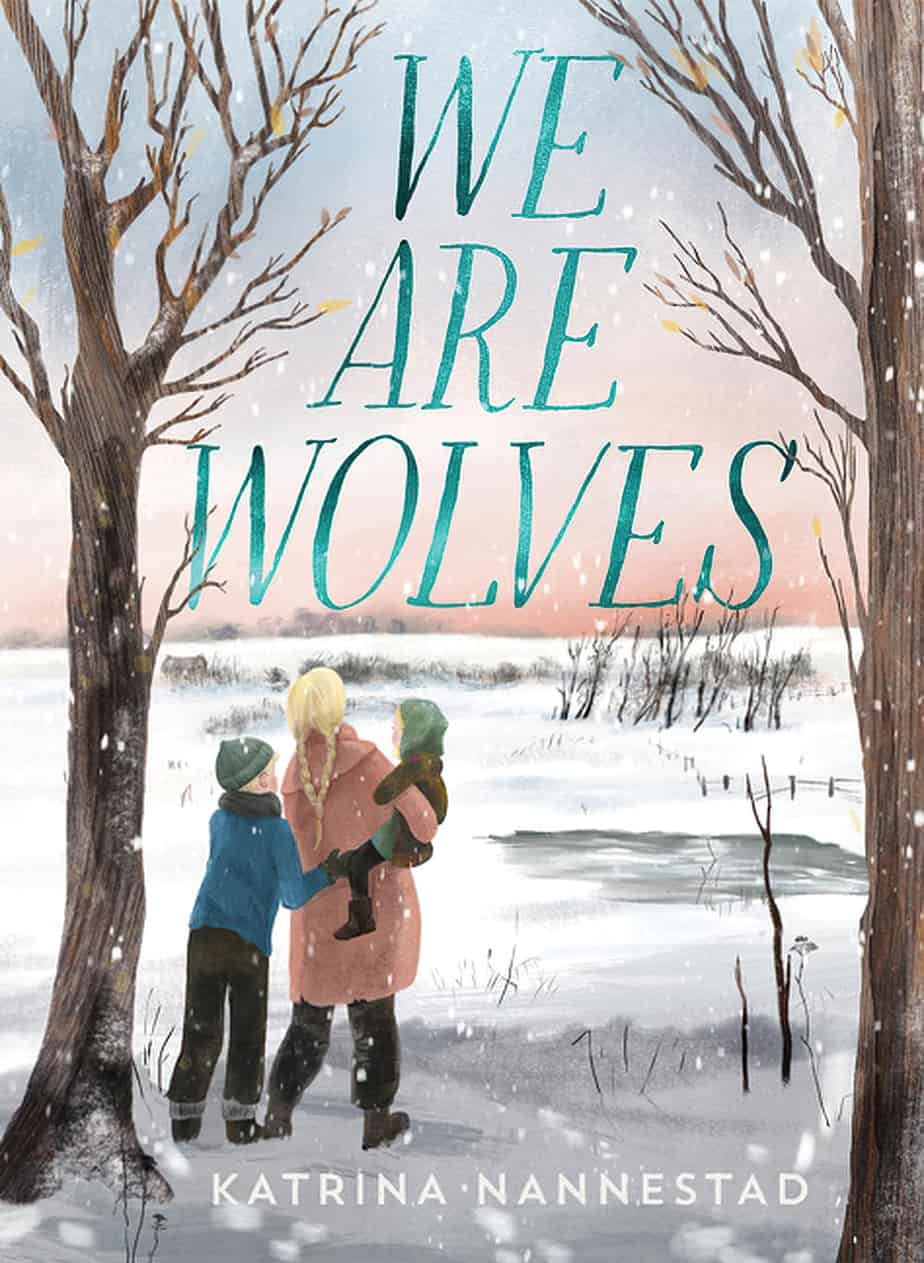
From gluttony to philandering, wolf synonymous with bad deeds in children’s literature from The Economic Times
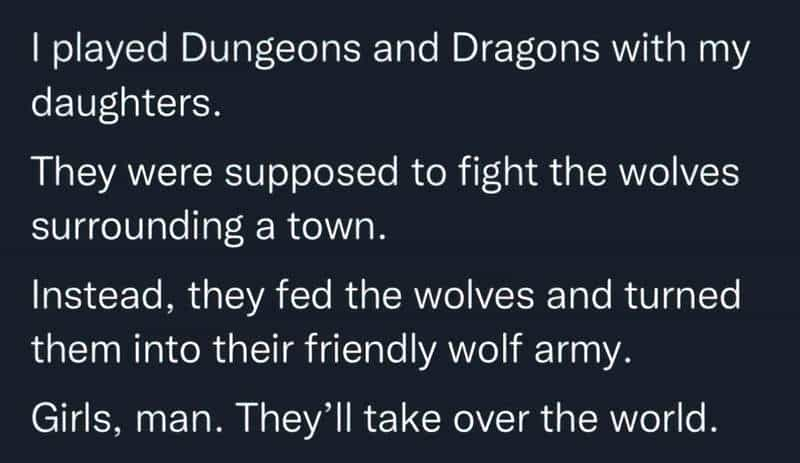
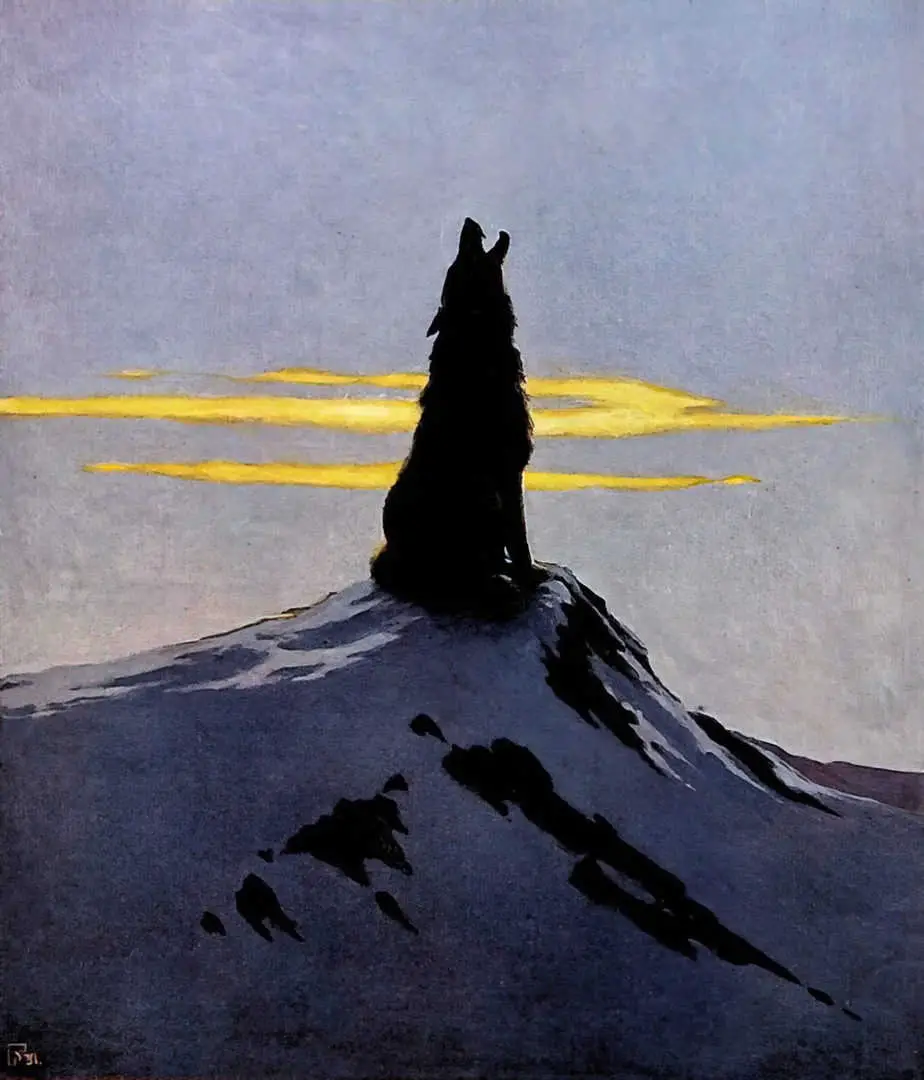
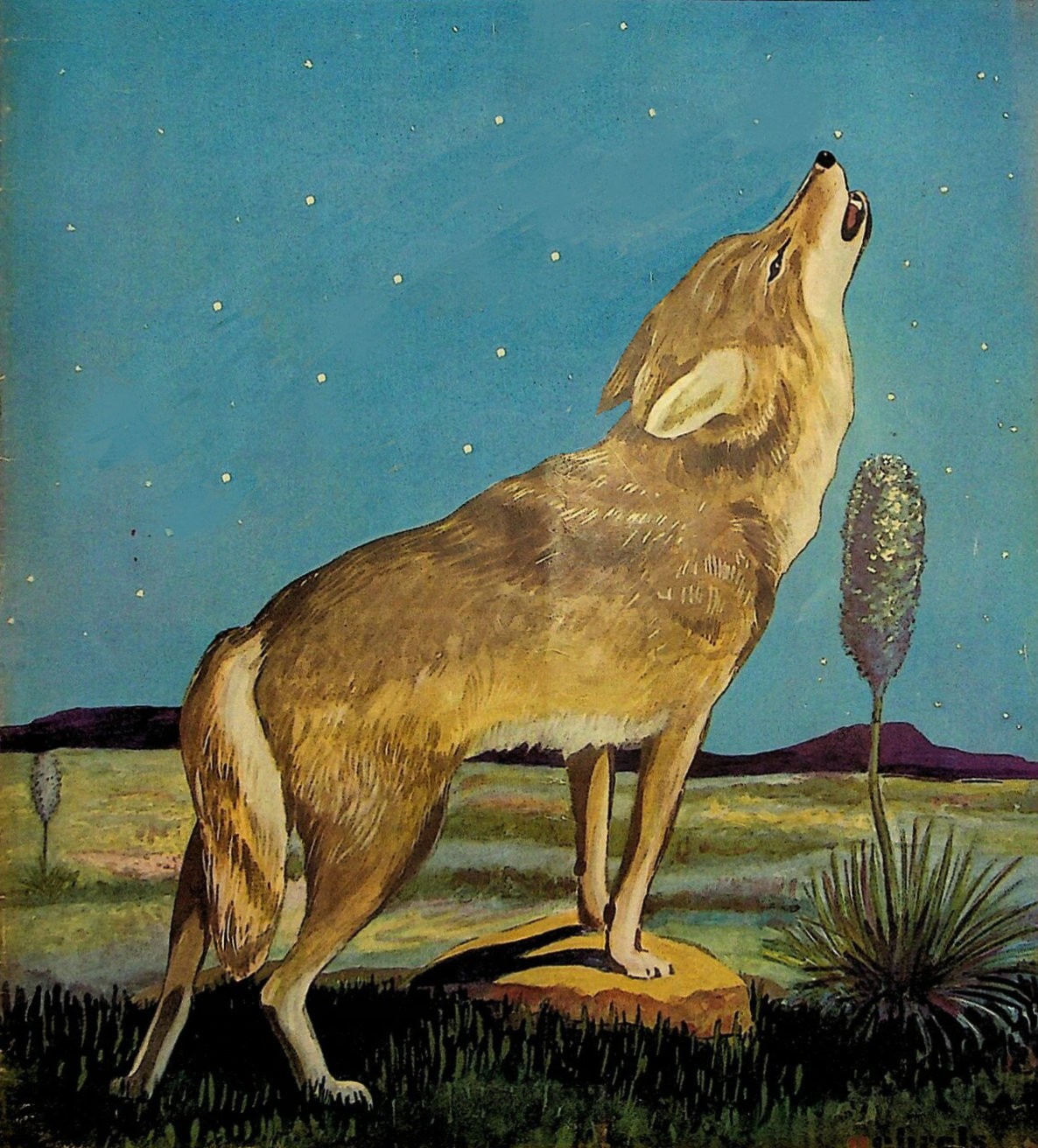
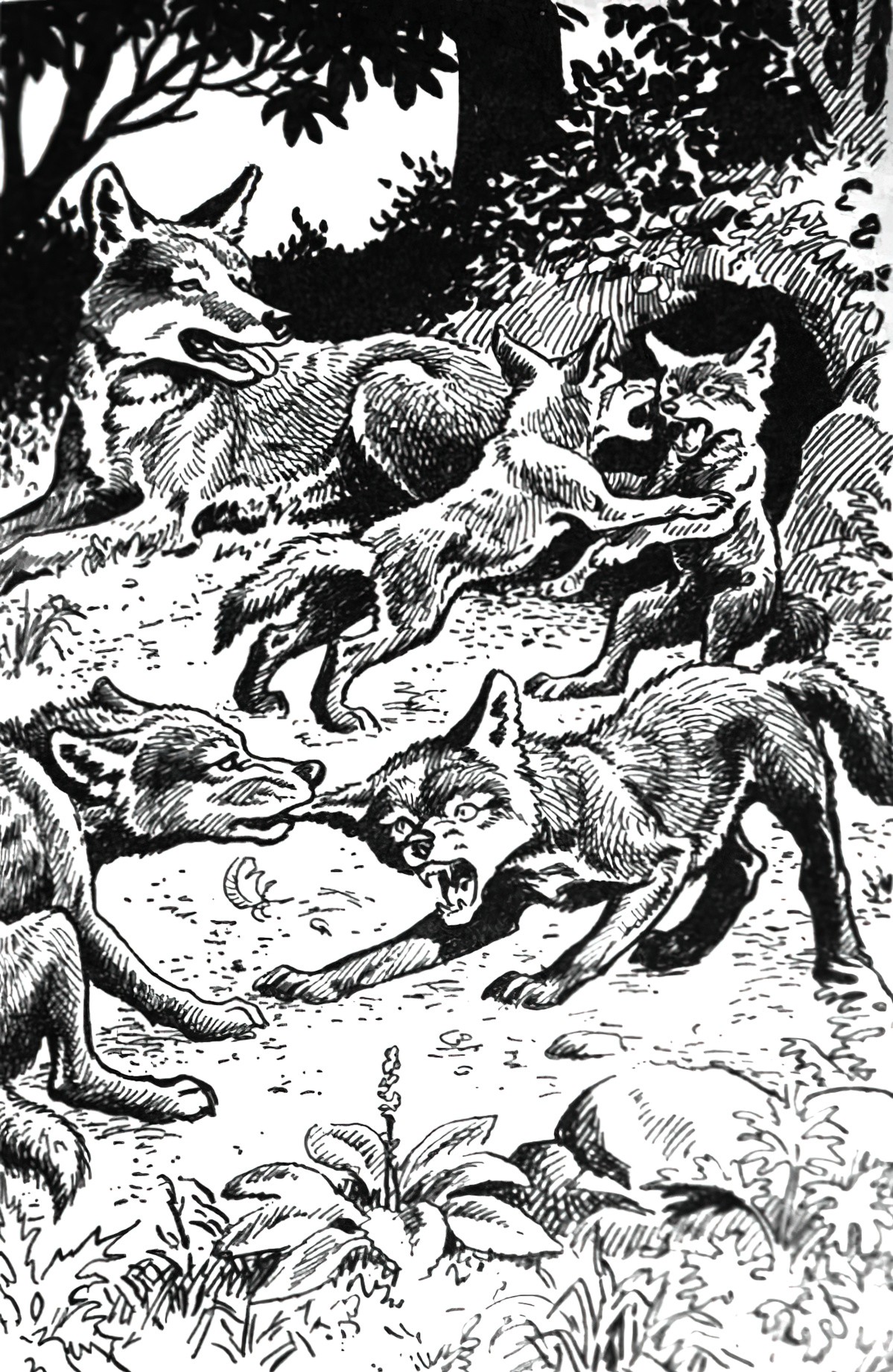
Header illustration: The Wolf and the Hound, Gustave Fraipont, 1888
